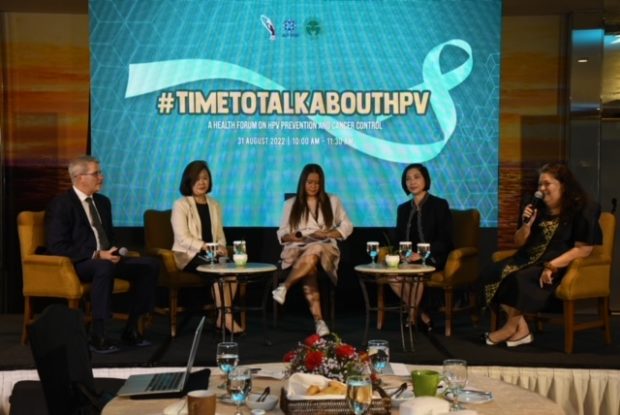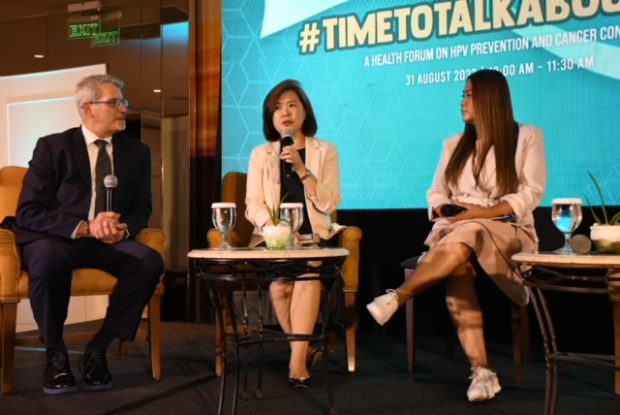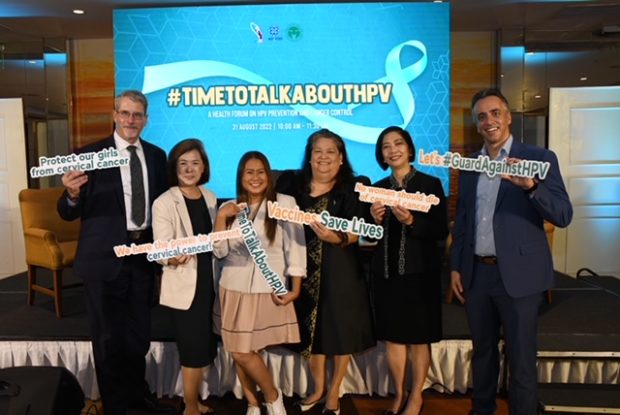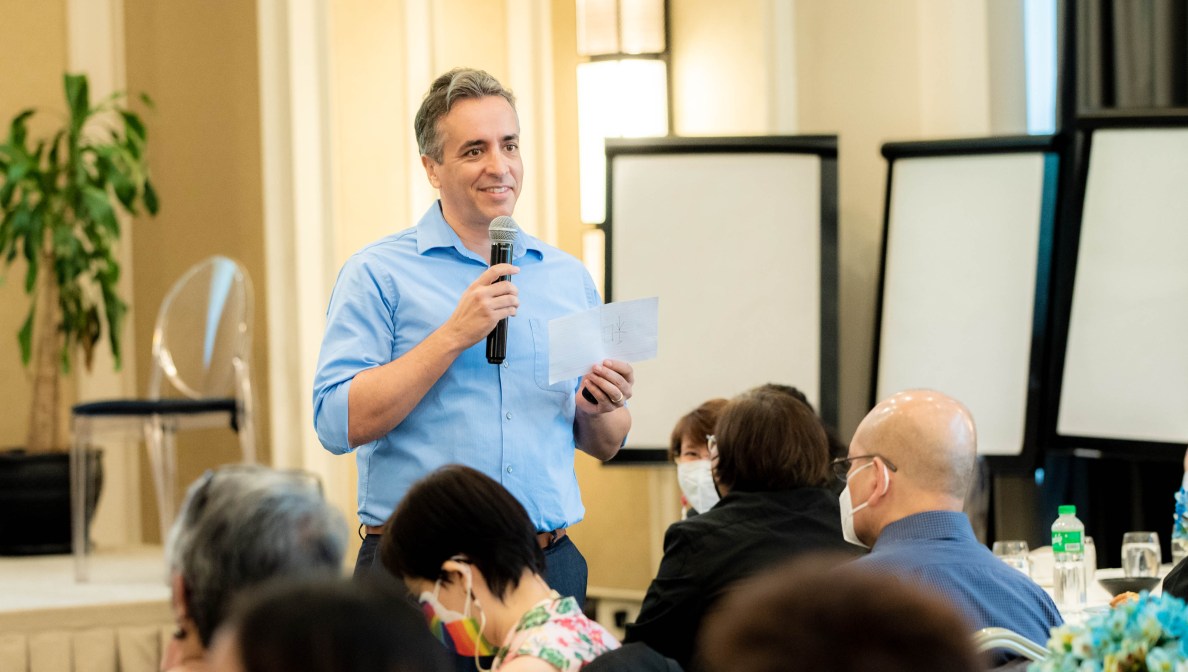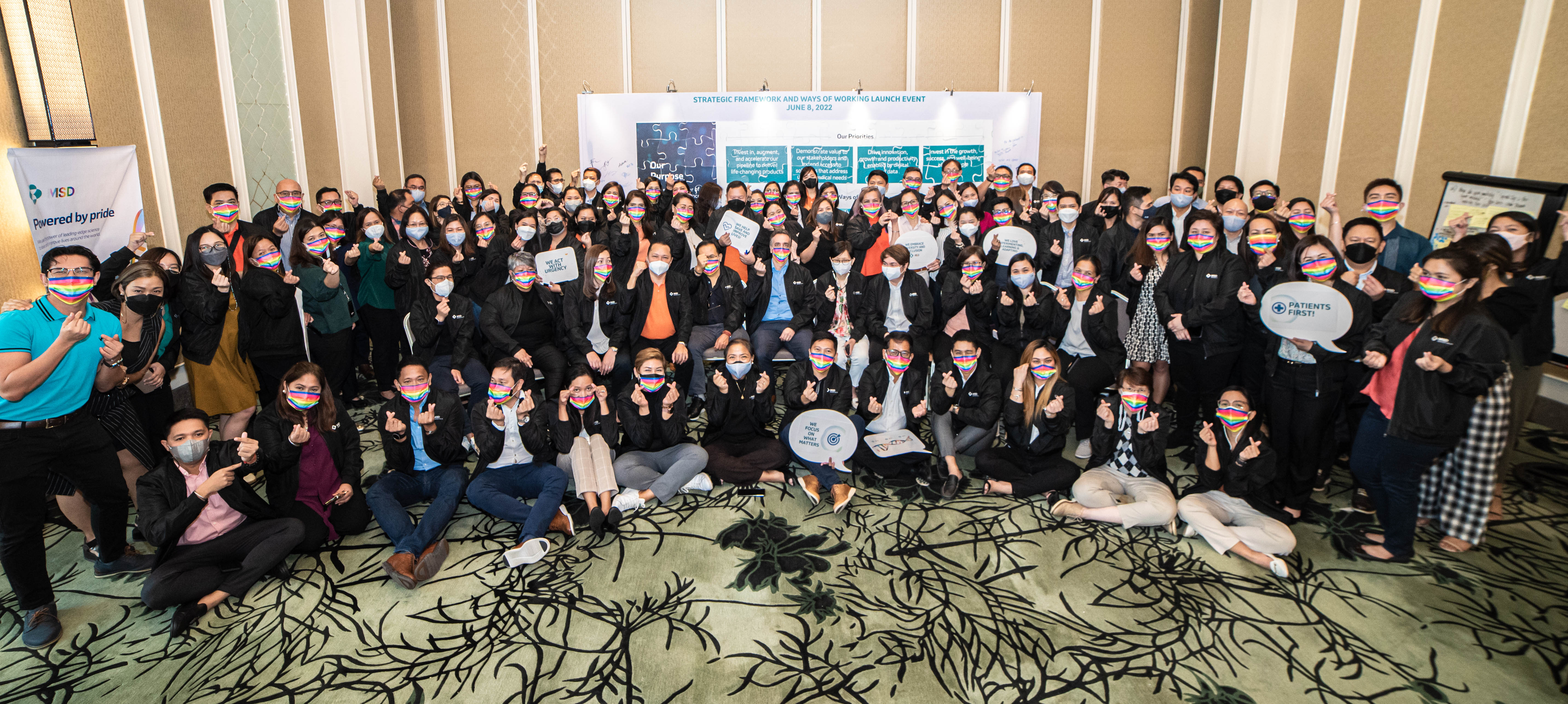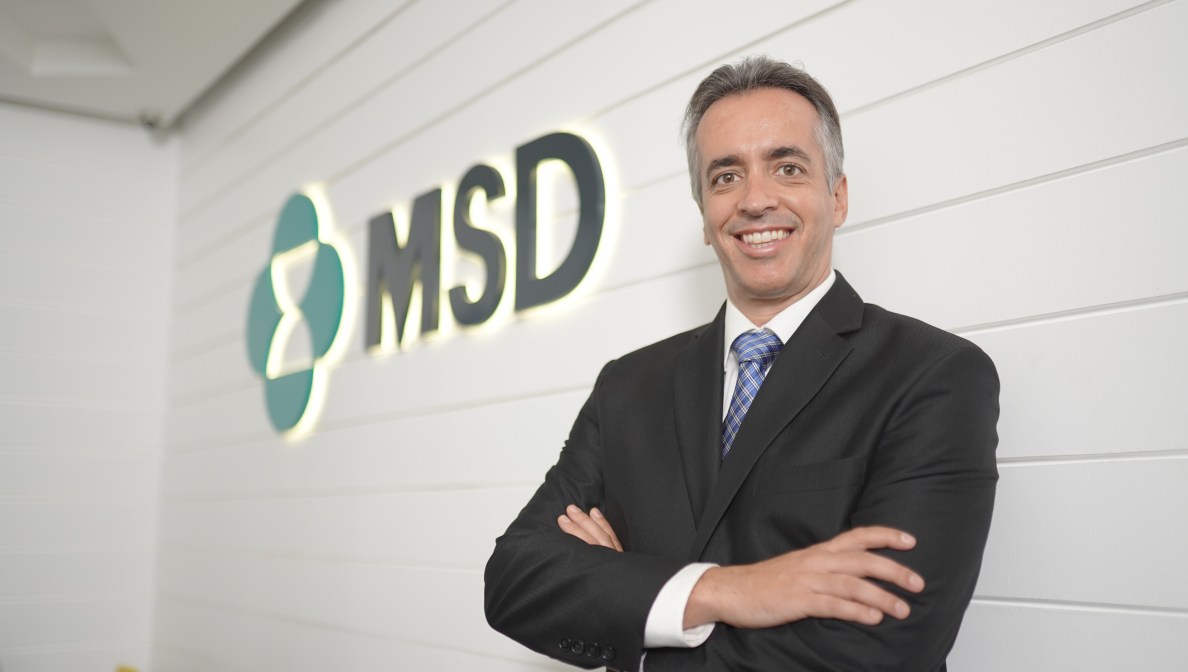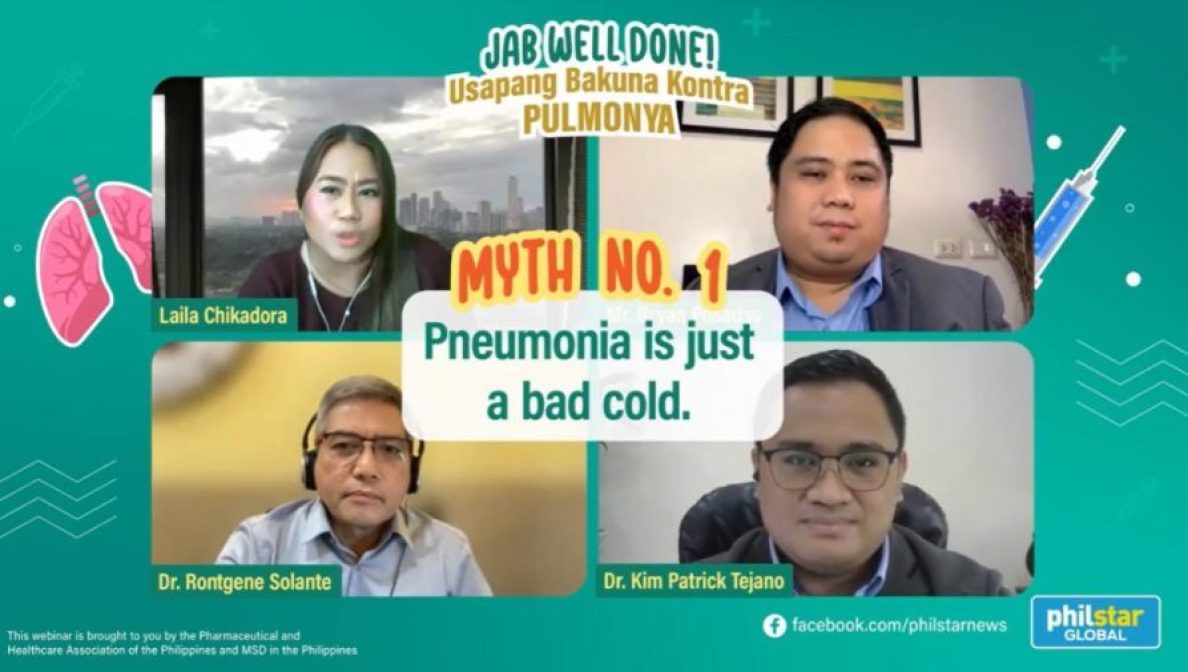Every two minutes, a woman dies of cervical cancer worldwide. In the Philippines, nearly 11 Filipinas succumb to the disease every day. This means that every two hours, a family could lose a wife, mother, aunt, sister, and yes, even a daughter in her teen years.
“At the Philippine General Hospital (PGH) where I practice, we have the youngest case. She’s 13 years old with stage 3 cervical cancer,” shared Dr. Efren Domingo, president of the Philippine Obstetrical and Gynecological Society. “She became a commercial sex worker at the age of six.”
The saddest part? This could have been prevented.
“A woman’s death is both a personal tragedy and a sad, unnecessary loss to her family and community,” said Dr. Rui de Jesus, World Health Organization representative to the Philippines. “These deaths are unnecessary because there is compelling evidence that cervical cancer is one of the most preventable and treatable forms of cancer if it is detected early and managed effectively.”
Here are the three most important things you can do to save the women in your life from cervical cancer:
- Encourage them to get vaccinated against HPV. Girls as young as nine years old can already get vaccinated.
- Encourage them to have regular screening tests.
- Bring them back to their OB-GYN if the screening test results aren’t normal.
A Nation free of cervical cancer
Cervical cancer remains a burden, especially in low-resource countries like the Philippines where facilities for prevention, screening, diagnosis, and treatment are lacking.
Records show that half a million cases are diagnosed every year and nearly 50% occur in Asia. More than half of those diagnosed every year will die in the same year because most of the time, they are diagnosed very late.
In observance of Cervical Cancer Month last May and to further create awareness about the dreaded disease, ADR Stratbase, in partnership with Jhpiego Philippines, Cancer Coalition Philippines, the POGS, and UHC Watch launched the “Philippine Cervical Cancer Elimination Movement (The Movement),” a forum that gathered stakeholders to discuss evidence-based and cost-effective interventions that will scale up the elimination of cervical cancer in the Philippines.
“The WHO, which envisions a world where cervical cancer is eliminated as a public health problem, initiated studies (in August 2020) that determined the incidences in 185 countries. And the target is to achieve an incidence rate of below four per 100,000 women in Asia and Latin America,” noted Dr. Domingo, one of the keynote speakers. “Achieving that goal rests on key pillars and their self-corresponding targets — the 90-70-90 — that hopefully will be met by the Philippines by the year 2030.”
To achieve that goal, “90-70-90” means that 90% of girls must be fully vaccinated with HPV vaccine by the age of 15; 70% of women must be screened with a high-performance test by 35 years of age and again at 45 years of age; and that 90% of women identified with cervical disease receive treatment, 90% of women with pre-cancer are treated, and 90% of women with invasive cancer are managed.
While there are laws in place, the question remains: How can the Philippines achieve this target?
The global strategy of the WHO emphasized the importance of partnership, advocacy, and communication. And that’s where The Movement comes in.
Committed to reversing the current cervical cancer statistics through collaborative and unified efforts, The Movement started Call for Solidarity, an online petition signed by key stakeholders and disseminated to the public. The petition targets at least 11,000 signatures — to give voice to 11 women who die of cervical cancer every day in the country.

In line with this strategy, The Movement calls for:
- Support for women to get vaccinated, screened, and diagnosed
- National and local government to institutionalize the National Integrated Cancer Control Act (NICCA) provisions on patient navigation, palliative care, and pain management
- LGUs to include cervical cancer programs and services in their health and development
- Investments in prevention and screening, alongside the provision of adequate funds for scaling up human papilloma virus (HPV) vaccination, HPV DNA screening, and treatment of pre-cancerous lesions and invasive cancer
- Increased coverage and reach of the Philhealth Z-Benefits Package to include HPV DNA screening
- Collaborative and innovative solutions in a whole-of-society approach to combat cervical cancer in the country.
“Continuous support and advocacy from different stakeholders are needed to sustain responsive health services in the Philippines,” said Stratbase ADR Institute president and CEO Prof. Victor Andres Manhit in his welcome address. “We must all work together to make universal healthcare a reality for everyone.”
“We cannot do it alone as oncologists; we have to collaborate with government, with the public health sector, with the community experts, as well as even the pain and rehabilitation specialists,” Dr. Domingo seconded.
Challenges to the cause
Based on the WHO baseline analysis on Global Cervical Cancer Elimination covering 185 countries, the incidence of cervical cancer peaked at age 35 and thereafter remained constant at low levels in higher-income countries with high screening coverage.
In contrast, in low- or middle-income countries (such as the Philippines), trends are likely to increase in the absence of scale-up preventive interventions such as screening and HPV vaccination.
“Utilization of cervical cancer screening is unfortunately still low in this country. There is a need to increase budget and to convince government to put in more personnel, as well as instrumentations necessary to achieve the goal,” said Dr. Domingo.
He cited the unavailability of facilities and expertise, and high out-of-pocket costs for the patient, among the factors of failed cervical cancer screening.
Although landmark Philippine legislation like the Universal Health Care Act and the NICCA Law allow for budget allocations from the General Appropriations Act, such budgets are largely focused on cancer treatment and management.
“Separate funding is needed for prevention and primary care, including HPV vaccination and cervical cancer screening,” said Dr. Jan Aura Laurelle V. Llevado, Cancer Control Division chief at the Disease Prevention and Control Bureau of the Department of Health (DOH).
“It is important to introduce vaccination early, and the target should really be to include it in the community and school venues,” advised Dr. Domingo.
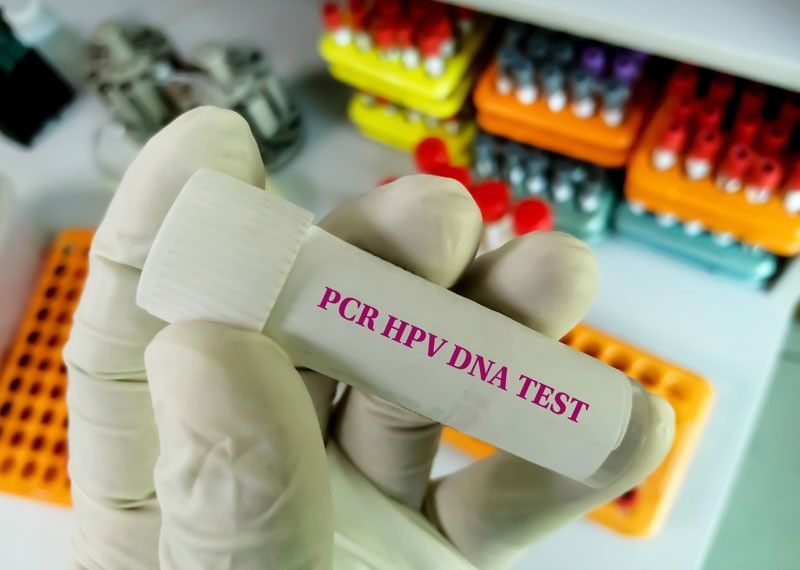
New strategies to combat cervical cancer
The consortium-led Scale Up Cervical Cancer Elimination with Secondary Prevention Strategy (SUCCESS) Project has been instrumental in introducing a simplified cervical cancer screening using HPV DNA testing with self-collection sampling, and treatment of precancerous lesions with thermal ablation.
Dr. De Jesus lauded SUCCESS for facilitating the introduction of accessible screening and early treatment for cervical cancer. WHO also endorses HPV DNA detection as the primary screening test in the general population of women and women living with HIV Dr. Ingrid Magnata, country program manager of Jhpiego Philippines, an affiliate of Johns Hopkins University, and Strategies Lead of the SUCCESS Project in the Philippines, regards self-collection to be a game-changer in cervical cancer elimination.
However, patient education is still critical for SUCCESS. She shared that for every 100 women who register for HPV DNA screening in a community in Tondo, only 50 will come during the actual day.
“Women fear a positive diagnosis — the message must be reinforced that cervical cancer is preventable, treatable, and can be eliminated,” Dr. Magnata added.


